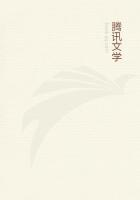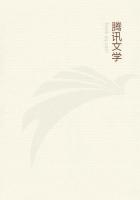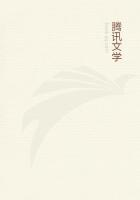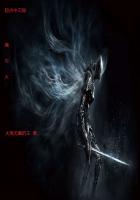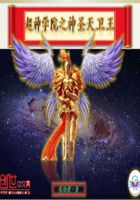when they run, they run, in consequence of the length of their stride, much quicker than the horses of Nisaea. As a general rule, mutilated animals grow to a greater length than the unmutilated.
All animals that ruminate derive profit and pleasure from the process of rumination, as they do from the process of eating. It is the animals that lack the upper teeth that ruminate, such as kine, sheep, and goats. In the case of wild animals no observation has been possible; save in the case of animals that are occasionally domesticated, such as the stag, and it, we know, chews the cud. All animals that ruminate generally do so when lying down on the ground.
They carry on the process to the greatest extent in winter, and stall-fed ruminants carry it on for about seven months in the year;beasts that go in herds, as they get their food out of doors, ruminate to a lesser degree and over a lesser period. Some, also, of the animals that have teeth in both jaws ruminate; as, for instance, the Pontic mice, and the fish which from the habit is by some called 'the Ruminant', (as well as other fish).
Long-limbed animals have loose faeces, and broad-chested animals vomit with comparative facility, and these remarks are, in a general way, applicable to quadrupeds, birds, and men.
49B
A considerable number of birds change according to season the colour of their plumage and their note; as, for instance, the owsel becomes yellow instead of black, and its note gets altered, for in summer it has a musical note and in winter a discordant chatter. The thrush also changes its colour; about the throat it is marked in winter with speckles like a starling, in summer distinctly spotted:
however, it never alters its note. The nightingale, when the hills are taking on verdure, sings continually for fifteen days and fifteen nights; afterwards it sings, but not continuously. As summer advances it has a different song, not so varied as before, nor so deep, nor so intricately modulated, but ******; it also changes its colour, and in Italy about this season it goes by a different name. It goes into hiding, and is consequently visible only for a brief period.
The erithacus (or redbreast) and the so-called redstart change into one another; the former is a winter bird, the latter a summer one, and the difference between them is practically limited to the coloration of their plumage. In the same way with the beccafico and the blackcap;these change into one another. The beccafico appears about autumn, and the blackcap as soon as autumn has ended. These birds, also, differ from one another only in colour and note; that these birds, two in name, are one in reality is proved by the fact that at the period when the change is in progress each one has been seen with the change as yet incomplete. It is not so very strange that in these cases there is a change in note and in plumage, for even the ring-dove ceases to coo in winter, and recommences cooing when spring comes in; in winter, however, when fine weather has succeeded to very stormy weather, this bird has been known to give its cooing note, to the astonishment of such as were acquainted with its usual winter silence.
As a general rule, birds sing most loudly and most diversely in the pairing season. The cuckoo changes its colour, and its note is not clearly heard for a short time previous to its departure. It departs about the rising of the Dog-star, and it reappears from springtime to the rising of the Dog-star. At the rise of this star the bird called by some oenanthe disappears, and reappears when it is setting: thus keeping clear at one time of extreme cold, and at another time of extreme heat. The hoopoe also changes its colour and appearance, as Aeschylus has represented in the following lines:-The Hoopoe, witness to his own distress, Is clad by Zeus in variable dress:-Now a gay mountain-bird, with knightly crest, Now in the white hawk's silver plumage drest, For, timely changing, on the hawk's white wing He greets the apparition of the Spring.
Thus twofold form and colour are conferred, In youth and age, upon the selfsame bird.
The spangled raiment marks his youthful days, The argent his maturity displays;And when the fields are yellow with ripe corn Again his particoloured plumes are worn.
But evermore, in sullen discontent, He seeks the lonely hills, in self-sought banishment.
Of birds, some take a dust-bath by rolling in dust, some take a water-bath, and some take neither the one bath nor the other.
Birds that do not fly but keep on the ground take the dust-bath, as for instance the hen, the partridge, the francolin, the crested lark, the pheasant; some of the straight-taloned birds, and such as live on the banks of a river, in marshes, or by the sea, take a water-bath; some birds take both the dust-bath and the waterbath, as for instance the pigeon and the sparrow; of the crooked-taloned birds the greater part take neither the one bath nor the other. So much for the ways of the above-mentioned, but some birds have a peculiar habit of ****** a noise at their hinder quarters, as, for instance, the turtle-dove; and they make a violent movement of their tails at the same time that they produce this peculiar sound.
-THE END-
_

